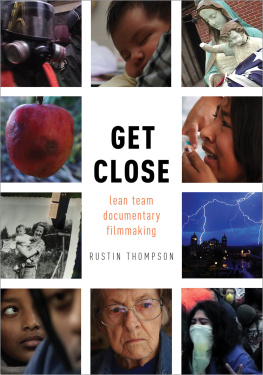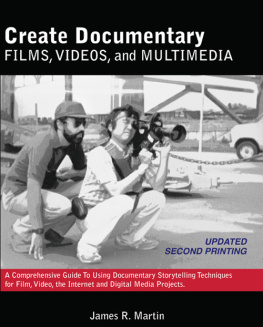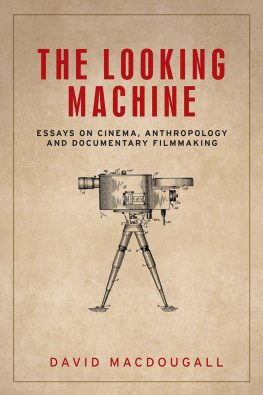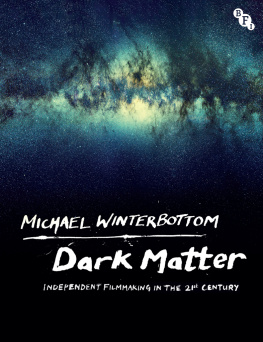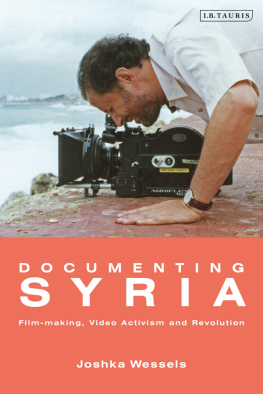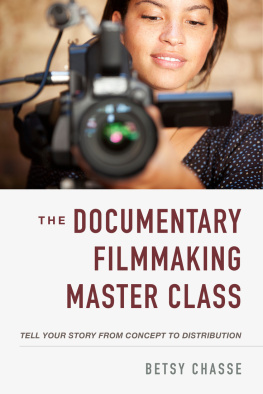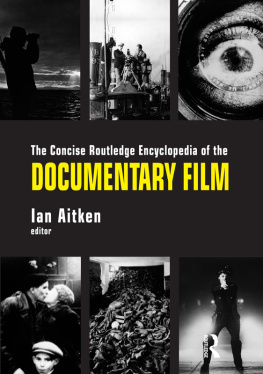GET CLOSE

Oxford University Press is a department of the University of Oxford. It furthers the Universitys objective of excellence in research, scholarship, and education by publishing worldwide. Oxford is a registered trade mark of Oxford University Press in the UK and certain other countries.
Published in the United States of America by Oxford University Press
198 Madison Avenue, New York, NY 10016, United States of America.
Oxford University Press 2019
All rights reserved. No part of this publication may be reproduced, stored in a retrieval system, or transmitted, in any form or by any means, without the prior permission in writing of Oxford University Press, or as expressly permitted by law, by license, or under terms agreed with the appropriate reproduction rights organization. Inquiries concerning reproduction outside the scope of the above should be sent to the Rights Department, Oxford University Press, at the address above.
You must not circulate this work in any other form and you must impose this same condition on any acquirer.
Library of Congress Cataloging-in-Publication Data
Names: Thompson, Rustin, author.
Title: Get close : lean team documentary filmmaking / Rustin Thompson.
Description: New York : Oxford University Press, [2019] |
Includes bibliographical references and index.
Identifiers: LCCN 2018020400 | ISBN 9780190909895 (cloth) | ISBN 9780190909901 (pbk.) | ISBN 9780190909925 (epub.)
Subjects: LCSH: Documentary filmsProduction and direction.
Classification: LCC PN1995.9.D6 T46 2019 | DDC 070.1/8dc23
LC record available at https://lccn.loc.gov/2018020400
CONTENTS
I am greatly indebted to my editor, Norman Hirschy, for his insight, encouragement, and patience in seeing this book through from first proposal to publication. I also need to thank the anonymous peer reviewers whose critical feedback pushed me to continually revise and rework the manuscript. Most important, I want to thank my family. My daughter, Claire, for her copyediting skills, my son, Nick, for his close reading of content, and my wife, Ann, for making sure I was saying what I meant to say. The book would not have been written without their confidence, inspiration, and love.
In the 1980s, working as a broadcast cameraman, editor, and producer, I made documentaries for the local TV news. One of these was called The Money Maze, which concerned the thrilling topic of, wait for it... financial planning! To spice things up, I asked the TV stations design department to construct a cardboard maze and place it on a tabletop. I bought a four-inch-tall, windup penguin and set it loose in the maze. The sight and sound of that 99-cent toy waddling around in search of sound financial advice was perhaps the only memorable thing about the doc, but I sure had fun pulling off the gag. The station was a great playground for trying stuff out, learning on the job, and getting actual airtime, all while bringing home a steady paycheck. Every chance I got I tried to take advantage of my access to the stations equipment and talent by injecting imaginative visuals into the pieces I worked on. In reality, though, I was just biding my time. Id always planned on an eventual career as a director of Hollywood features.
Then I saw Errol Morriss The Thin Blue Line in 1988. The film, deeply cinematic and narratively rich, opened my eyes to new possibilities within the documentary form. There was no droning voice-of-God narration or eat-your-vegetables educational component or do-gooder sermonizing. It was a crime thriller about a man wrongly convicted of murder told in the tenor of a pulpy film noir. The subject matter served the films visionary style, composed of straight-to-camera interviews that looked like police blotter interrogations, expressionist crime scene reenactments using (gasp) actors, and repeated close-ups that took on the iconic weight of incriminating evidence. The Thin Blue Line was a startling revelation that changed the way many people thought about documentary filmmaking. But it also provoked a backlash against the movies rule-breaking narrative strategies, which continue to be discussed, vilified, copied, and admired.
.
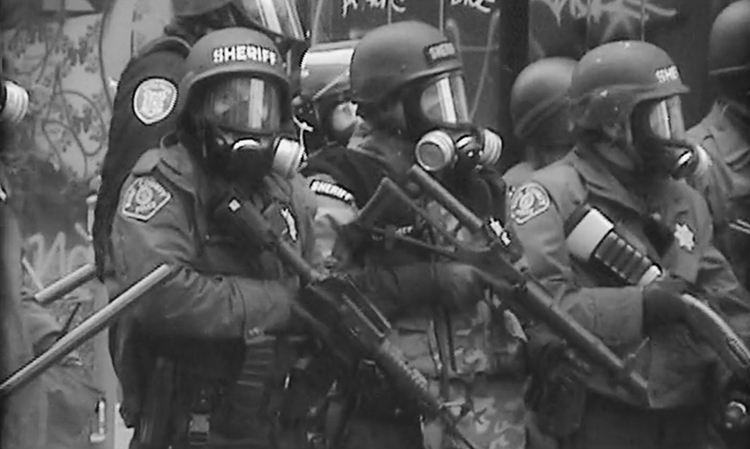
FIGURE I.1 A scene from 30 Frames a Second: The WTO in Seattle (2000), written, directed, shot, and edited by Rustin Thompson. (Screen capture from digital file.)
30 Frames went on to screen at more than fifteen festivals, winning the Grand Jury Prize for Best Documentary at the Chicago Underground Film Festival and other best-of-festival awards in Seattle, Columbus, Ohio, Vancouver, BC, and Portland, Maine. The American Library Association even named it one of the top ten videos of 2001 (dont smirk; a lot of people watch movies from their local libraries). The film cost me about twenty-five hundred bucks to make. Now, nearly two decades later, I continue to license footage from the film to other documentaries and its available on multiple streaming platforms.
Ill write more in Chapter 1 about how 30 Frames a Second came about, but in the years since, working often with my wife, writer and producer Ann Hedreen, I have made five more feature-length nonfiction films: Quick Brown Fox: An Alzheimers Story, The Church on Dauphine Street (a postHurricane Katrina film), False Promises (about Native American fishing rights), Zona Intangible (set in a human settlement outside of Lima, Peru), and My Mother Was Here (a first-person account of my moms last two years of life). Weve also made more than 150 short, doc-style films for organizations such as the International Rescue Committee, Ocean Conservancy, the Sierra Club, and many other nonprofits based in our home city of Seattle. These films are the main source of our income.
All of our independent documentaries have been distributed in educational markets (we work with the long-established companies Bullfrog Films, Women Make Movies, and Alexander Street Press) and are streaming on portals such as iTunes, Amazon, Google, and Hulu. All have shown on PBS stations and public TV networks in other countries, and we continue to get requests to screen them. They are also available on Vimeo on Demand as pay-per-view titles. Our films have made money, although never enough for us to live on.
Weve produced our work while sticking to the same principles: We keep our budgets small, our subject matter engaging, our equipment simple. We like to have fun and we like to be efficient. We never let projects, large or small, drag on for too long. And, most important, we keep our team lean. For nearly all of our films, our production crew has consisted of just the two of us or only me, wearing all the hats of producer, director, writer, cinematographer, soundperson, and editor.
Its a way of working that has allowed us to make many films in the past twenty years, to travel to fascinating places, to meet and talk to regular people, to hear their stories, and to indulge our creative urges. We have no complaints.
But in order to maintain our independence, weve had to continually readjust our expectations to meet the challenging new trends within the documentary film industry, an industry crowded with filmmakers who have embraced the easy access to low-cost cameras and editing software. They want to tell stories and illuminate issues they are passionate about, and some of them are also lured by the glamor that accompanies a successful film festival run or theatrical debut.

